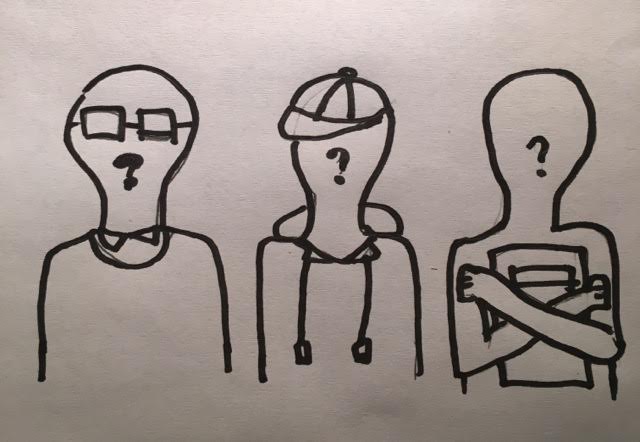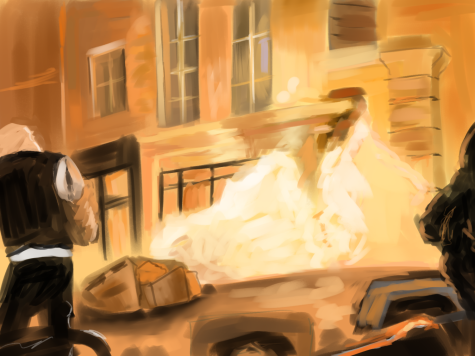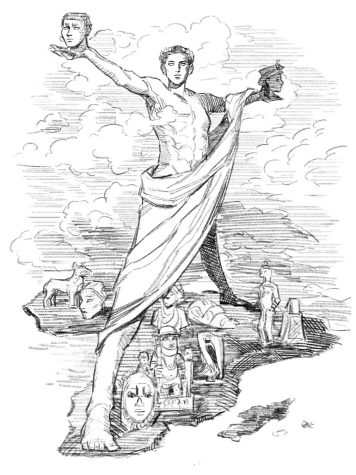Alleged Racial Discrimination Sparks Protests at America’s Colleges
December 20, 2015
In recent months, hundreds of college students from coast to coast have been passionately protesting against the racial discrimination that they believe torments their campuses. From sit-ins to strikes, students all across the nation have been calling for changes in the higher education system to counter the racism they feel is rampant on universities campuses.
These demonstrations initiated at the University of Missouri-Columbia in late September. Prior to the start of these rallies, several African-American students (including the Missouri Student Association President Payton Head) reported that they were victims of racial slurs and persistent racial discrimination on campus.
Led by a group called “Concerned Student 1950” (named for the first year that African-American students were admitted into the university), the rallies snowballed into protests that gained national attention during the course of a little over a month.
This group released a list of demands on October 20th; one particular demand called for the resignation of the University of Missouri System President Tim Wolfe (who many students disliked as they felt he was inactive against racism). The students’ tactics proved successful; on November 9th, Wolfe stepped down as president. The protests triggered similar outrage in response to racism at many other college campuses across the country.
At Ithaca College in New York, students have been calling for the resignation of its president Tom Rochon following what students believe were incompetent responses to several racially charged incidents—such as alleged racial discrimination by police officers on campus, a fraternity party that invoked racial stereotypes, and the repeated reference of a woman of color as a “savage” by two alumni at a college-sponsored event.
At Smith College in Northampton, Massachusetts, students organized numerous sit-ins to oppose racism and to express sympathy for activists in Missouri. Notably, organizers of a sit-in that garnered 300-500 students banned any media who did not agree with their movement and required that “any journalists or press that cover our story participate and articulate their solidarity with black students and students of color.”
At Yale University in New Haven, Connecticut, protests have ensued over a party by a fraternity that denied women of color, calling it a “white girls only” party. An email by lecturer Erika Christakis commented on Halloween costumes stating, “Is there no room anymore for a child or young person to be a little bit obnoxious … a little bit inappropriate or provocative or, yes, offensive.” Her remarks added to the outrage.
Ongoing protests have instigated many discussions on the circumstances that led to such racism in America’s colleges and universities. Politicians from both ends of the political spectrum provided extensive commentary about the events going on at universities. Concerning the resignation of Tim Wolfe and R. Bowen Loftin, the Chancellor of the University of Missouri-Columbia, Republican presidential candidate Donald Trump stated, “I think the two people that resigned are weak, ineffective people” and that “when they resigned they set something in motion that’s going to be a disaster for a long period of time.”
On the other hand, Democratic presidential candidate Bernie Sanders tweeted, “I’m listening to the #BlackOnCampus conversation. It’s time to address structural racism on college campuses.”
Regarding the influence of the recent protests, Prayaag Rao ’18 asserts, “The protests that have occurred are effective in increasing punishment of the administrators of schools with discriminatory beliefs. However, the sense of racism that comes naturally within the students of the schools will not end with these protests. The culture has to be changed in these areas where racism is ingrained in the society.”
The demonstrations occurring at universities all over the country are just a few of the many events that reflect America’s current racial tensions. In particular, last year the shooting of African-American teenager Michael Brown by a white policeman provoked thousands to take to the streets of Ferguson and protest. The death of African-American Freddie Gray while under police custody caused thousands to riot in Baltimore, Maryland the previous April.
“It’s appalling that in 2015, racism is still a serious problem in our society,” Shivani Pillalamarri ’17 comments. “Perhaps it will never go away but it’s heart-warming to see that people are standing up against discrimination, as they should.”
Although the effectiveness of current protests remains uncertain, ultimately they are opening the eyes of Americans to the complexities of attempting to solve such a deep-rooted issue in society.



